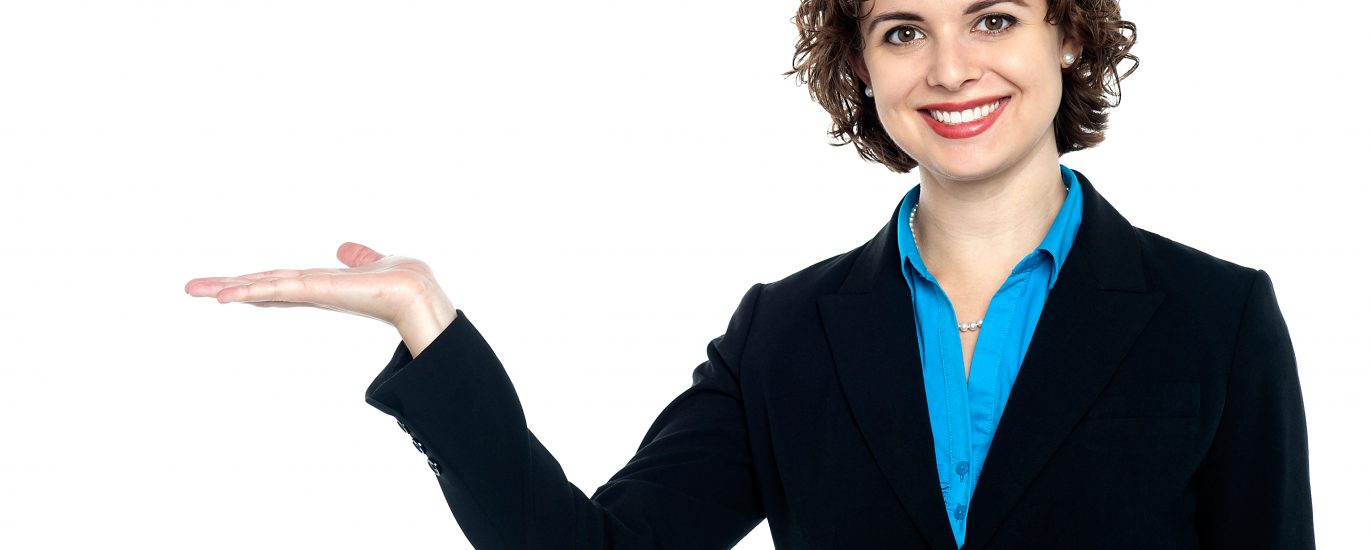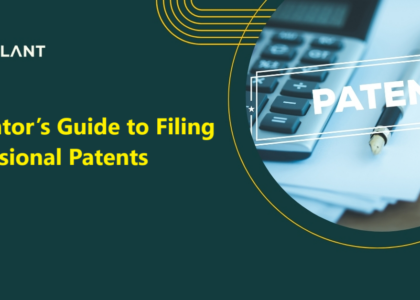

Before Filing a Provisional Patent Application, Consider Foreign Filing Licenses
Foreign filing licenses normally do not require much attention in daily practice because they are frequently sought and granted as part of new application files. However, in some cases, disregarding the license may have serious consequences. According to 35 U.S.C. 184, a person shall not file or cause or authorize the filing of a patent application (among other things) in any foreign country unless six months have passed since the filing of the United States application unless otherwise authorized by a license obtained from the Commissioner of Patents, i.e. unless a foreign filing license is obtained from the United States Patent and Trademark Office (USPTO). This rule aims to allow the United States government to defend national security by allowing or denying the export of sensitive technologies, such as those linked with combat, nuclear, or security-related measures.
Before submitting a provisional patent application, evaluate if one or more international filing permissions should be secured. If foreign filing permission is required and not secured, it may prevent eventual patent rights from being granted in certain countries.
To file a patent application, it may be essential first to gain authorization from a relevant jurisdiction (i.e., obtain a foreign filing license in that country) if, for example:
- A patent application must be filed by a national of the relevant country;
- A resident of the relevant country must file a patent application;
- A patent application may contain national secrets; and/or
- The invention that is the subject of a patent application was partially made in the relevant country.
If a license is not acquired, the consequences might be severe. For example, the patent may be considered invalid if a license is not obtained and the applicant submits or participates in applying in a foreign jurisdiction. In addition, if an applicant files a foreign application within six months of submitting a counterpart U.S. application without acquiring the international filing license, the applicant may lose the ability to apply to foreign nations. Furthermore, if convicted, the applicant faces a fine of up to $10,000, imprisonment for up to two years, or both. However, suppose a suitable license is not obtained promptly. In that case, one may petition the USPTO for a retroactive foreign filing license, providing that the failure to get the license was due to error and not deception.
The major elements used to establish if a license is necessary are:
(1) The location of the application; and
(2) The location of the inventors.
If a U.S. inventor wishes to file their invention in another nation, they must first secure the necessary permission. The need also applies when filing a P.C.T. application, whether with the World Intellectual Property Organization (WIPO) or a foreign receiving office. What if one of the inventors is in the United States, and the invention is filed elsewhere? Assume a Singapore corporation wishes to submit an invention with a New York inventor; does the company need to obtain the license? The location of the innovation determines it. The license is not necessary if the innovation is manufactured in Singapore. If the innovation was created in the United States, the applicant should get a license before applying.
Getting a license is unnecessary if you outsource patent work to a foreign business or transmit inventive documents to a foreign office for examination. However, providing information to a foreign organization may be subject to export control restrictions such as the International Traffic in Arms Regulation (ITAR) and the Export Administration Regulations (E.A.R.) (E.A.R.). Although ITAR and E.A.R. are not mentioned in this essay, they are important when sensitive technology is involved.
Before filing a provisional patent application, applicants should keep an accurate record of the people engaged in the invention and consider if a foreign filing license is required – this should be reviewed with your patent attorney.
The USPTO has begun accepting international design applications (I.D.A.s) under the Hague system. The WIPO-managed Hague system protects up to 100 industrial designs in 64 nations in a single application. There is no need to file on the national stage. However, the necessity to get the license remains. An applicant may submit an I.D.A. with WIPO directly or indirectly through the USPTO. Obtaining the license is required before filing the I.D.A. now with WIPO. If the I.D.A. is submitted indirectly through the USPTO, the USPTO analyses the I.D.A. for the license and assesses the appropriate charge.
Currently, 28 nations (including the United States) have rules governing foreign filing licenses. If an inventor from one of these nations wishes to file a U.S. application, the inventor must first secure a legal license from their home country. WIPO has a website that summarises the criteria from throughout the world.
Before pursuing such applications, applicants should ensure that all essential steps have been done to secure the requisite international filing permits, particularly if they intend to file in another country and/or at a non-US receiving office. If they have any issues with their global filing strategy, they should speak with a patent attorney to discuss the consequences of the regulations governing overseas filing licenses.








